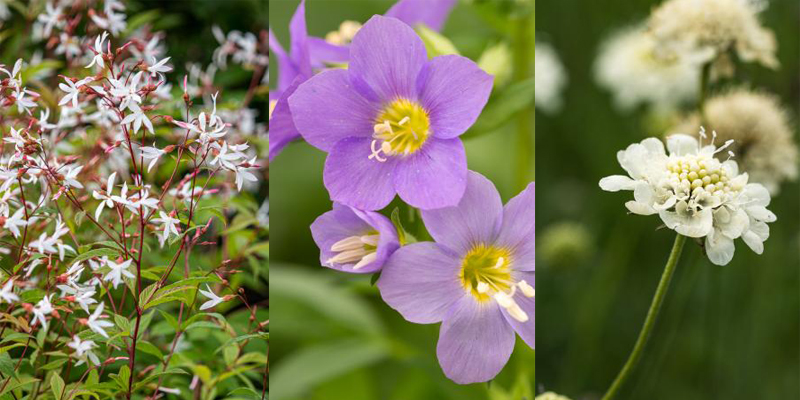Power of pH

Whether your soil is acid or alkaline will be one of the major factors affecting the plants you will be able to grow in your garden. The pH scale runs from 1 to 14; numbers less than 7 representing acidity and numbers greater, alkalinity. For instance, very acidic car battery acid has a pH of about 1. Not many plants will tolerate a pH below 5.5 and very few above about pH9.5.
The sweet spot for soil acidity is neutral, pH7 (or 6.5 to 7.5) and many plants will happily grow in a neutral soil. Acidic soils increase mineral solubility which means plant nutrients are quickly washed away by rainwater and cannot be accessed quickly enough by the plants. Alkaline soils in contrast can reduce mineral solubility which means plants cannot take up the nutrients within the soil leading to nutrient deficiency in the plant. Either way plants have evolved and adapted to survive local conditions.
Plants which tolerate or prefer acidic conditions are termed ‘Acidophiles’ or ‘Calcifuges’ and include Rhodedendrons and Ericas (or Heathers). If your soil is alkaline or chalky then you will struggle to grow Calcifuges; not because of the alkaline conditions per se but usually because of iron deficiency which becomes less soluble at high pH. Consequently ‘Calcifuges’ grown in alkaline conditions often develop symptoms of iron deficiency i.e. interveinal chlorosis of new growth, the leaf turning yellow while the veins remain green. Altering soil pH is seldom an option as changes are difficult to achieve and often temporary. A better option is to use ericaceous growing media in planters or raised beds for the plants which prefer acidic conditions.
Soils local to the nursery are mainly chalky and plants which prefer more alkaline soils, like ours; are termed ‘Calciphiles’ or ‘Calcicoles’ and include things like:
